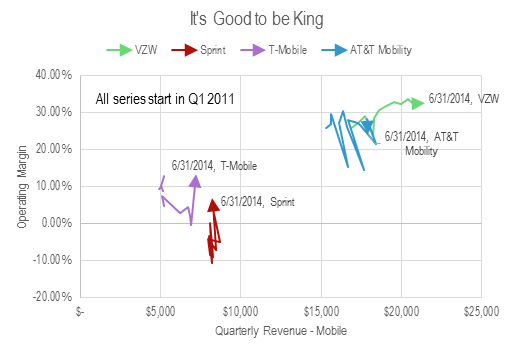
Regulation: A Good Case for Change (at last)
For the past 30 years, telecoms regulation has largely been designed to keep the market power of incumbent telcos in check. Now, the growing maturity of the market, the massive power of global digital players, and the pressing need for more investment are combining to prompt a regulatory rethink. How should telcos and regulators change their approaches to accelerate the cycle of growth and innovation?


